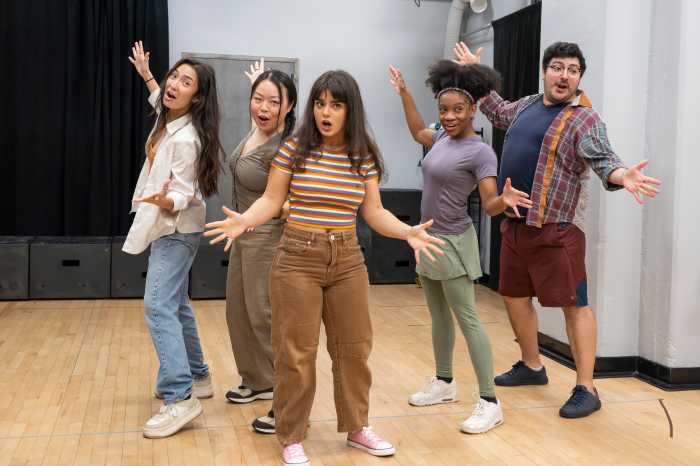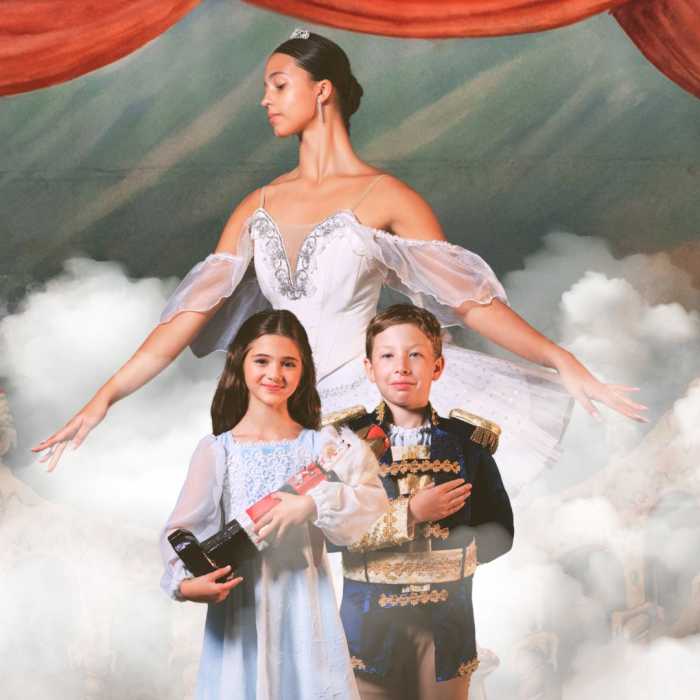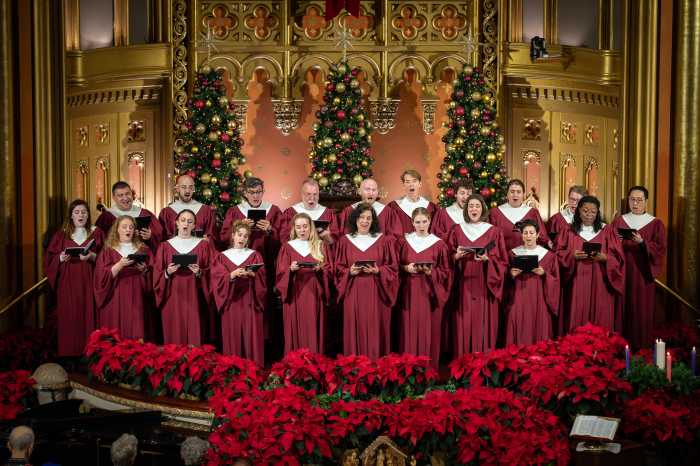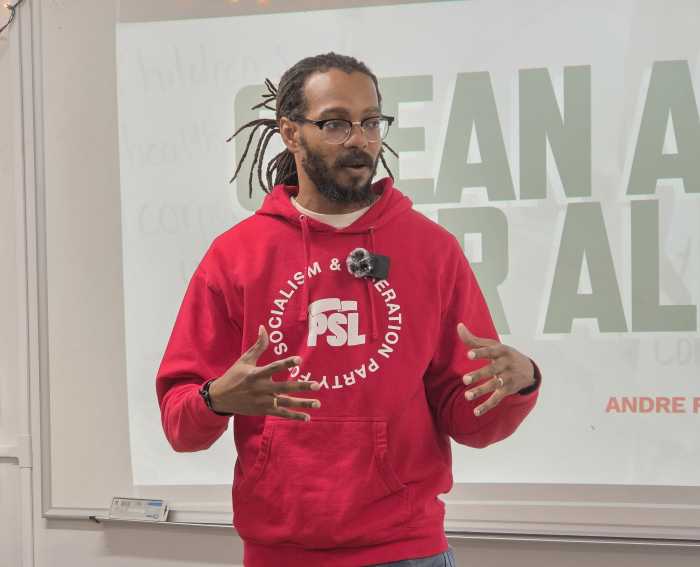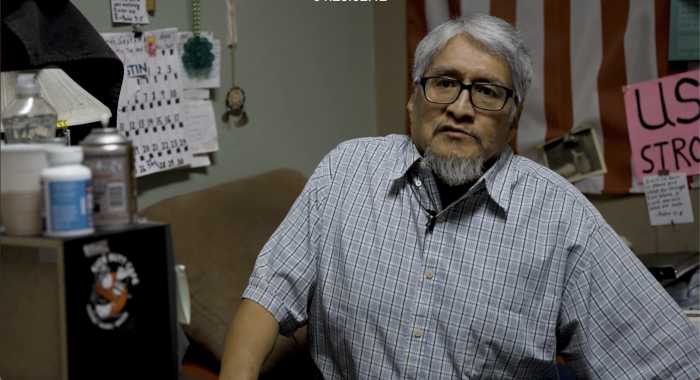By Albert Amateau
The Department of Edu-cation was negotiating with Greenwich House last week for space that could temporarily relieve the overcrowding that has resulted in a waiting list for kindergarten seats in Greenwich Village’s two public elementary schools in September.
Council Speaker Chris Quinn and an Education official spoke about the option at the Thurs., May 14, meeting of the District 2 Community Education Council, at which more than 300 parents from the Village, the Upper East Side and Chelsea were hoping for good news.
Quinn also said she welcomed New York University’s offer last week of space for four pre-kindergarten classes in Washington Square Village, but she said the space needed a lot of work and could not be ready for children in September.
“It’s been a whirlwind week,” said Rebecca Daniels, president of the District 2 C.E.C., who presided at the May 14 meeting.
The waiting list for incoming kindergarteners at P.S. 41 on W. 11th St. and P.S. 3 on Hudson St. stood at 79 at the end of last week, even after a task force of elected officials and D.O.E. staff members had been searching for weeks for more classroom space. The task force looked everywhere, from the McBurney YMCA and the Virgin Megastore to the vacant Balducci’s building at 14th St. and Eighth Ave.
As a stopgap, D.O.E. decided on May 4 to cancel the incoming class of pre-K children to Greenwich Village and East Village schools in order to make room for kindergarten students.
But the potential space at Greenwich House, 27 Barrow St., is intended to save pre-K and provide kindergarten space. Three classes of pre-K children, with gym or playroom access, would go into 27 Barrow St., which would free classroom space at P.S. 41/3 for most of the students on the kindergarten waiting list, according to John White, the D.O.E. official at the May 14 meeting. White added that parents on the waiting list who had applied for gifted and talented kindergarten classes at NEST on the Lower East Side and the Anderson School on the Upper West Side would be receiving offers this week. At least a few Village parents are expected to send their children to those schools, he said.
In addition, a “small number” of parents might chose to send their children to kindergartens at P.S. 33 on Ninth Ave. and W. 26th St. or to P.S. 11 on W. 21st St. between Eighth and Ninth Aves., White said.
“It’s safe to say the waiting list is cleared for now,” he said, “But it’s not something we can do year after year.”
The longer-term solution would come when the Greenwich Village Middle School, currently in P.S. 3 on Hudson St., has a new stand-alone home, White indicated.
“We are committed to moving it by the fall of 2010,” White said of the middle school. He did not specify the location, but said the new middle school would have 10 full-size rooms, including cluster rooms for science and art.
Moreover, a new location is being considered for the Clinton Middle School for Writers and Artists now located in the P.S. 11 building.
Moving out the Clinton Middle School “would add considerable space in P.S. 11,” White said.
Quinn said the Department of Education and elected officials still hope for school space in the New York State-owned building at 75 Morton St., even though getting the building’s seventh floor does not appear as likely as it did before. The elected officials’ education task force now hopes the state will make space available for elementary or middle school classes on the second floor of 75 Morton St., Quinn said.
“I’m glad we’ve pulled something together for most people,” said Assemblymember Deborah Glick. “But I’m disappointed at the response of Mayor Bloomberg and D.O.E. to the red flag about overcrowding raised two years ago, not only in the Village but on the Upper East Side.
“This has not been a great planning process,” Glick said. “I hope this is a real change, not merely an election-year offensive.”
Overcrowding has severely affected seven zoned elementary schools on the Upper East Side, where there were 139 zoned children on a kindergarten waiting list, White said. But he said the list was dwindling.
“We dropped 20 from that waiting list last week,” he said. White said Councilmembers Jessica Lappin and Dan Garodnick are helping look for classroom space on the Upper East Side, and D.O.E. is currently negotiating for the Our Lady of Good Counsel School on E. 91st St.
“It may look like it’s just about numbers but it’s about your child,” said White about the efforts to find school space to relieve overcrowding.
Parents at the meeting were skeptical about whether the Village and the Upper East Side would have enough classroom seats to accommodate zoned kindergarten students.
Cecelia Leong, a parent at P.S. 183 on the Upper East Side, doubted that offers of seats in gifted and talented kindergarten programs would reduce the school’s waiting list.
“Last year P.S. 183 sent three children to gifted and talented and two of them returned,” she recalled.
Leonie Haimson, a P.S. 41 parent and president of Class Size Matters, said D.O.E. has reneged on a promise to reduce the size of early-education classes.
“We’re moving backwards,” Haimson said.
“Do you think mayoral control is working?” asked the father of a child at P.S. 41 in the Village. The audience shouted, “No.”
The New York State Legislature is scheduled to vote in June whether to renew the 2002 school governance law that gave authority to Mayor Bloomberg. Under the law, the New York City Board of Education was replaced by the Panel for Educational Policy, to which the mayor appoints eight of the 13 members. Parents elect the Community Education Councils for each of 32 districts to consult with D.O.E., but the law does not specify how the department responds to suggestions.
However, a parent advocacy group, the Parent Commission of School Governance and Mayoral Control, is calling for a 15-member panel with the largest group, of six parent representatives, elected by the district Community Education Councils, three members appointed by the mayor, one by the public advocate and one by the City Council. Four members would be selected by the rest of the board to provide expertise in specific policy areas.
Manhattan Borough President Scott Stringer has suggested that the Community Education Councils, with training and technical support provided by the five borough presidents, take part in what he is dubbing a Uniform Parental Engagement Procedure, or UPEP, with timelines for consultation and review, involving public hearings and requiring a D.O.E. response.
The final decision on Uniform Parental Engagement Procedures would come from the schools chancellor and the mayor through the Panel for Educational Policy as it is currently configured, with the mayor having eight of 13 representatives.













